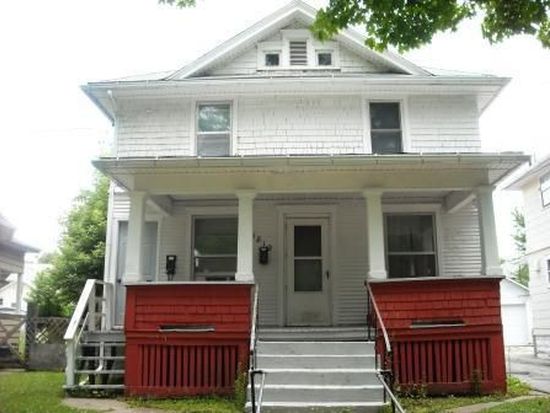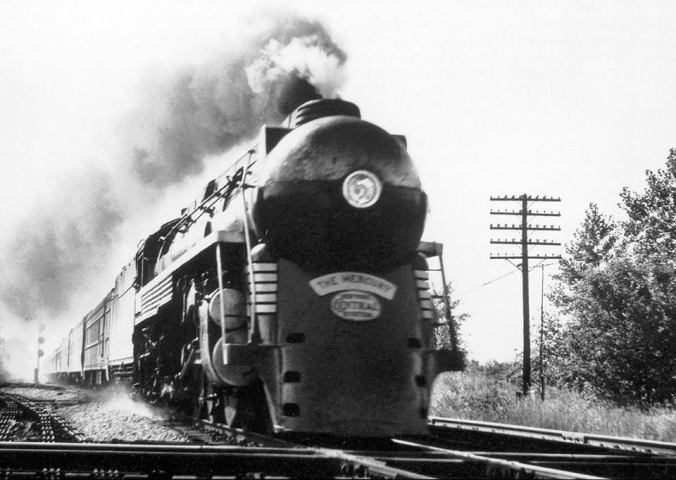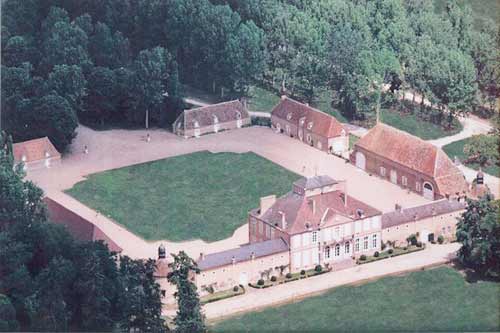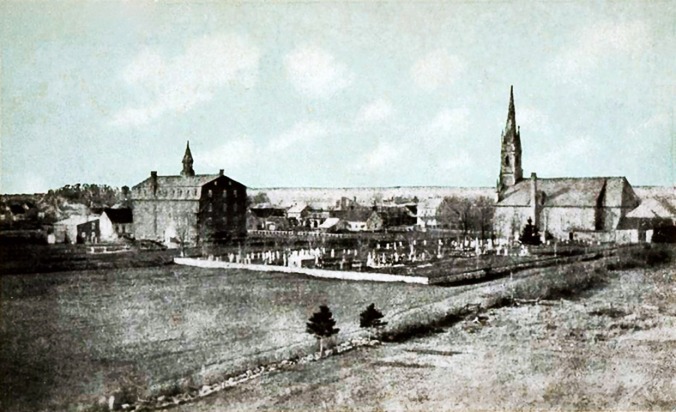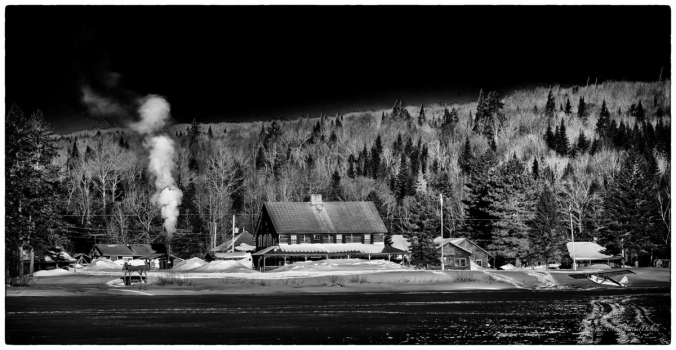When Dennis Joseph Campeau was born on July 11, 1892 in Belle River, Essex, Ontario; his father, Henry, was 45 and his mother, Elizabeth Lauzon, was 38. Two years after his birth his father emigrated his wife and 8 children to the U.S. settling first in New Hartford, Litchfield, Connecticut to work in a cotton mill. Two more children would be born in CT. New Hartford was a rural community but it had a cotton mill to sustain arrivals from New France, Canada.
The family moved to Pawtucket RI prior to 1910. Pawtucket was considerably less rural than New Hartford and most of the family, including Dennis, worked for the mills. Pawtucket was an early and important center of cotton textiles during the American Industrial Revolution. Slater Mill, built in 1793 by Samuel Slater on the Blackstone River falls in downtown Pawtucket, was the first fully mechanized cotton-spinning mill in America.

As a 26 year old, Dennis joined the Army and left for France out of Hoboken, NJ on the USS Northern Pacific with the Company A 4th Ammunition Train regiment in May 1918. Company A commenced training at Camp de Souge, May 30-Aug 1, 1918; then continued with 77th Division in Vesle Sector during Aug 12-17,1918 then with 26th Division and Fr 15th Colonial Division preceding and during St-Mihiel Operation, Sept 7-14,1918.
The 4th Infantry Division was organized at Camp Greene, North Carolina on December 10, 1917 under the command of Maj. Gen. George H. Cameron. It was here they adopted their distinctive insignia, the four Ivy Leaves. The Ivy leaf came from the Roman numerals for Four (IV) and signified their motto “Steadfast and Loyal”. The division was organized as part of the United States buildup following the Declaration of War on April 6, 1917 and the entry of the United State into the war on the side of the British and French. The 4th Division remained on the Western Front throughout the war; it took part in most of the major actions.
After the Great War, the 4th Division was stationed at Camp Dodge, Iowa, until January 1920.
In September 1924, Dennis went to Chinwangtao (Qinhuangdao), China by way of Manila on the USS Chateau Thierry and returned via San Francisco CA on the USS Thomas in November 1927. The USS Thomas was a Wickes-class destroyer in the United States Navy. From arrival in 1912 until 1917 the China Expedition was billeted in various substandard buildings in Tientsin. Following the expulsion of the Germans from their concession in 1917, the U.S. took over the lease of the barracks in the former German Concession. The Japanese assisted the U.S. during this period. The Army maintained a 1,000 person garrison at Tientsin (now Tianjin) with company sized detachments maintained at Chinwangtao (Qinhuangdao) from January 1912 until March 1938.
The Boxer Rebellion was a brutal time in China. Civilians were caught in the middle and suffered as the warring factions stole from farmers and city dwellers. The Rebellion saw the final expulsion of the last emperor of the Qing from the Forbidden City in 1924. There were many foreign nationals in China as well who held leased settlements of land. By the beginning of the Twentieth Century, 19 nations had treaties with China that established extraterritorial consular court jurisdiction over Chinese nationals: Austria-Hungary (1865-1917), Belgium (1865-1945), Brazil (1882-1943), Canada (1942-1945), Congo Free State (1898-1908), Denmark (1863-1946), France (1844-1943/46), Germany (1861-1917), Italy (1866-1943), Japan (1871-1945), Mexico (1899-1928), Netherlands (1863-1945), Norway (1847-1944), Peru (1874-1927), Portugal (1862-1947), Russia (1860-1920/24), Spain (1864-1943), Sweden (1847-1946), Switzerland (1918-1946), United Kingdom (1843-1943), and United States (1845-1943).*
Qinhuangdao is a port city on the coast of China in northeastern Hebei province; it can be quite cold but also has a beautiful beach. It is a time-honored city named after the first emperor in Chinese History Qin Shi Huang who once made his east inspection tour to this place and sent people to the sea to looking for the immortals. If comparing the Great Wall to a dragon then Qinhuangdao is located at the head facing the sea as the Great wall begins here.
Why was a small Army company in Qinhuangdao which was just a minor fishing village until the end of the 19th century. Qinhuangdao was opened to trade as a treaty port in 1901 and developed a secondary role as a winter port for trade with Tianjin and with Yingkou (now in Liaoning province), when those ports were closed by ice. The city’s growth resulted from the development of the Kailuan coal mines, some 75 miles to the southwest at Tangshan, in the early 1880s. By 1894 the rail link from Tianjin to Shanhaiguan had been completed, and plans had been drawn up to build a modern port at Qinhuangdao, linking it with a short railway to Tianjin on the main line. The Chinese mine administration was replaced by a British-based company, which completed the harbor and its rail link in 1901. Within two years almost all Kailuan coal was exported through the port rather than through Tianjin. Currently, China is the largest producer and consumer of coal in the world and is the largest user of coal-derived electricity. The export trade expanded not only to coastal ports in China but also to the major ports of eastern Asia. It was a major port of entry for Japanese goods into North China, both for legitimate trade and for smuggling.



Former US president Herbert Hoover worked as the general manager of the Kaiping Mine / Kailuan Coal Mine, located in Hebei province; his office is shown above.**
There were many banks in China from all nations from the turn of the century through the 1920s each issuing their own Chinese money. The American Bank Note Company in New York printed for all the American banks.
Dennis was still in the service and still single in 1930 at Fort Ethan Allen in Vermont. Fort Ethan Allen was authorized by Congress in 1892, which had decided that some measure of permanent defense should be established in the vicinity of the US-Canada Border. It was built on former farmland donated to the federal government, and its buildings were constructed using locally sourced materials. The Fort was decommissioned in 1944.
A 1954 Directory shows Dennis single and living at the Old Soldier’s Home in Washington, D.C. , the first Army national old soldiers’ home in the U.S. established in in 1851. It is located on a beautiful 250-acre wooded campus overlooking the U.S. Capitol in the heart of D.C. and continues to serve as a retirement home for U.S. enlisted men and women.
Dennis died on August 28, 1958 at the Old Soldier’s Home in Washington, District of Columbia, at the age of 66 and was buried at the United States Soldiers’ and Airmen’s Home National Cemetery.












































